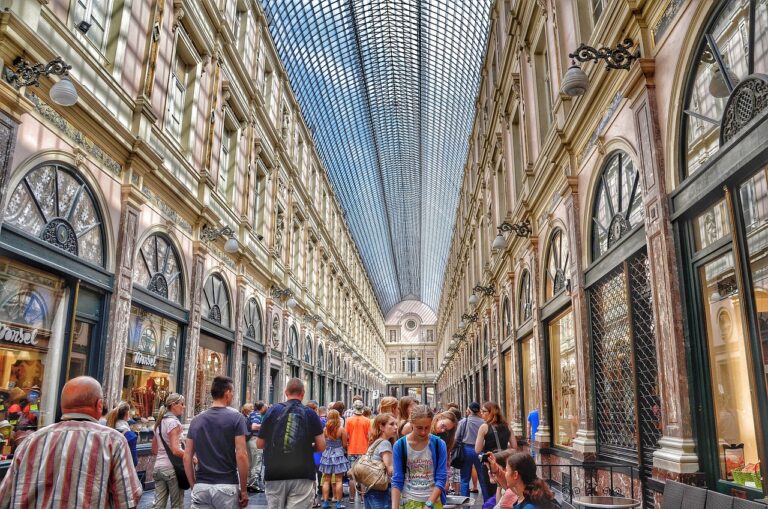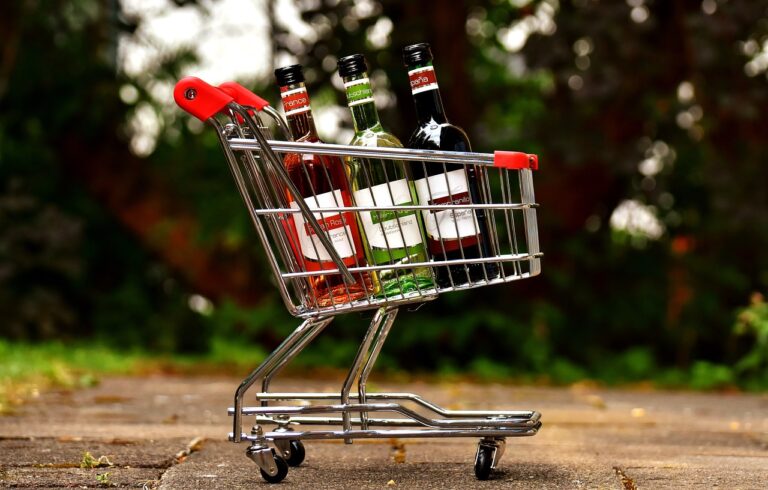The Future of Sustainable Packaging: Designing for Eco-Friendly Solutions
As the global demand for consumer goods continues to rise, the challenges in current packaging practices have become more apparent. One of the primary issues faced by the packaging industry is the excessive use of non-biodegradable materials, leading to environmental pollution and landfill overcrowding. Additionally, the lack of standardized recycling processes across different regions further complicates efforts to promote sustainable packaging practices.
Moreover, the rise of e-commerce platforms has introduced new challenges for packaging, with a greater emphasis on cost-effective solutions leading to an increase in single-use packaging materials. This shift towards convenience packaging has raised concerns about the environmental impact of packaging waste, highlighting the urgent need for innovative solutions to address these challenges. Additionally, with changing consumer preferences towards sustainable products, packaging practices need to adapt to meet the evolving landscape of consumer demands.
Rising Demand for Sustainable Packaging
Sustainable packaging has garnered significant attention in recent years as consumers become more environmentally conscious. The increasing demand for packaging solutions that minimize environmental impact has put pressure on companies to adopt sustainable practices throughout their supply chains. This shift in consumer preferences has led to a growing awareness of the importance of using eco-friendly materials and reducing single-use plastics.
In response to this demand, many companies are exploring innovative ways to create packaging that is both sustainable and functional. From biodegradable alternatives to compostable materials, the market for eco-friendly packaging solutions continues to expand. As consumers become more informed about the environmental impact of traditional packaging methods, the demand for sustainable options is expected to rise even further in the coming years.
Innovative Materials for Eco-Friendly Packaging
Eco-friendly packaging has become a focal point for many industries striving to reduce their environmental impact. One innovative material gaining traction in the packaging realm is biodegradable plastics derived from plant-based sources such as corn starch or sugarcane. These materials offer a sustainable alternative to traditional plastics, as they break down naturally and reduce the amount of plastic waste that ends up in landfills or oceans.
Another promising material for eco-friendly packaging is recycled paper and cardboard. By repurposing waste materials, companies can create packaging solutions that are both environmentally friendly and cost-effective. Using recycled paper products not only reduces the demand for virgin materials but also helps to lower energy consumption and greenhouse gas emissions associated with manufacturing new packaging materials.
What are the challenges in current packaging practices?
Current packaging practices often contribute to environmental pollution due to the use of non-biodegradable materials and excessive waste generation.
Why is there a rising demand for sustainable packaging?
Consumers are becoming more environmentally conscious and are seeking products that have minimal impact on the environment. Sustainable packaging helps reduce waste and carbon footprint.
What are some innovative materials for eco-friendly packaging?
Some innovative materials for eco-friendly packaging include biodegradable plastics, compostable packaging, recycled paper, and plant-based materials such as cornstarch and sugarcane.
How can businesses benefit from using eco-friendly packaging materials?
Businesses can benefit from using eco-friendly packaging materials by enhancing their brand image, appealing to environmentally conscious consumers, reducing their environmental impact, and complying with regulations on sustainable packaging.







